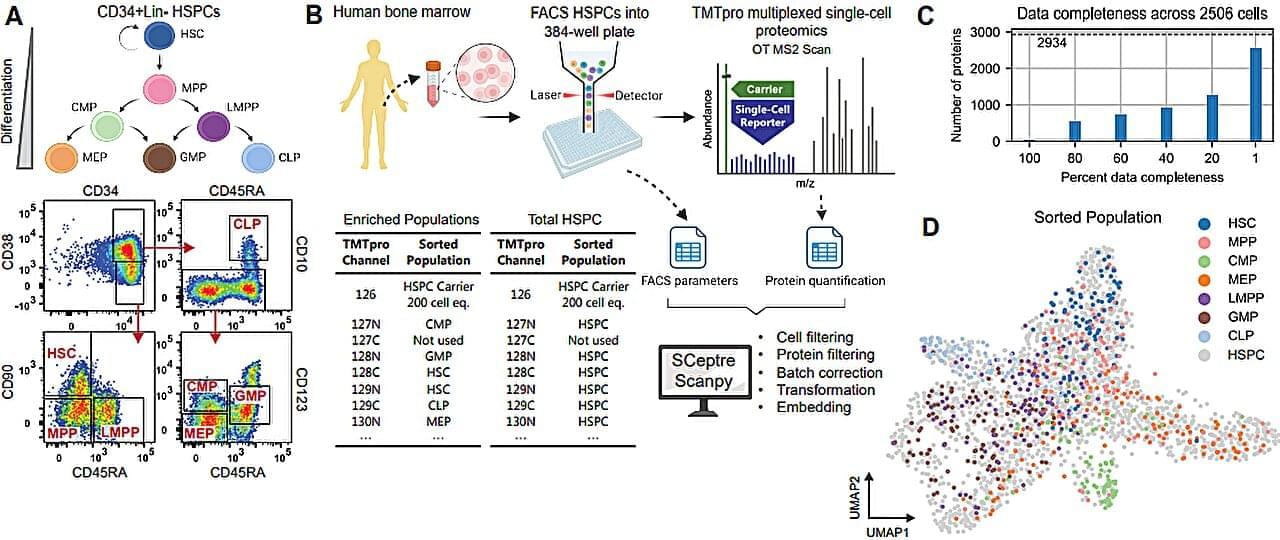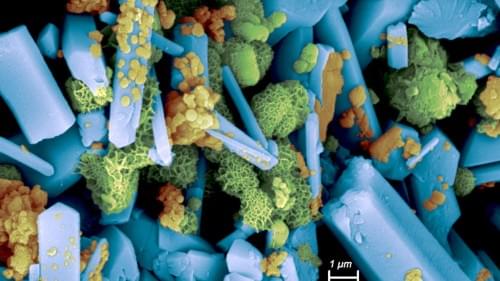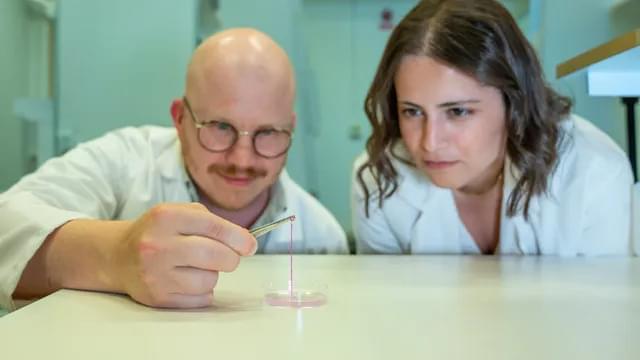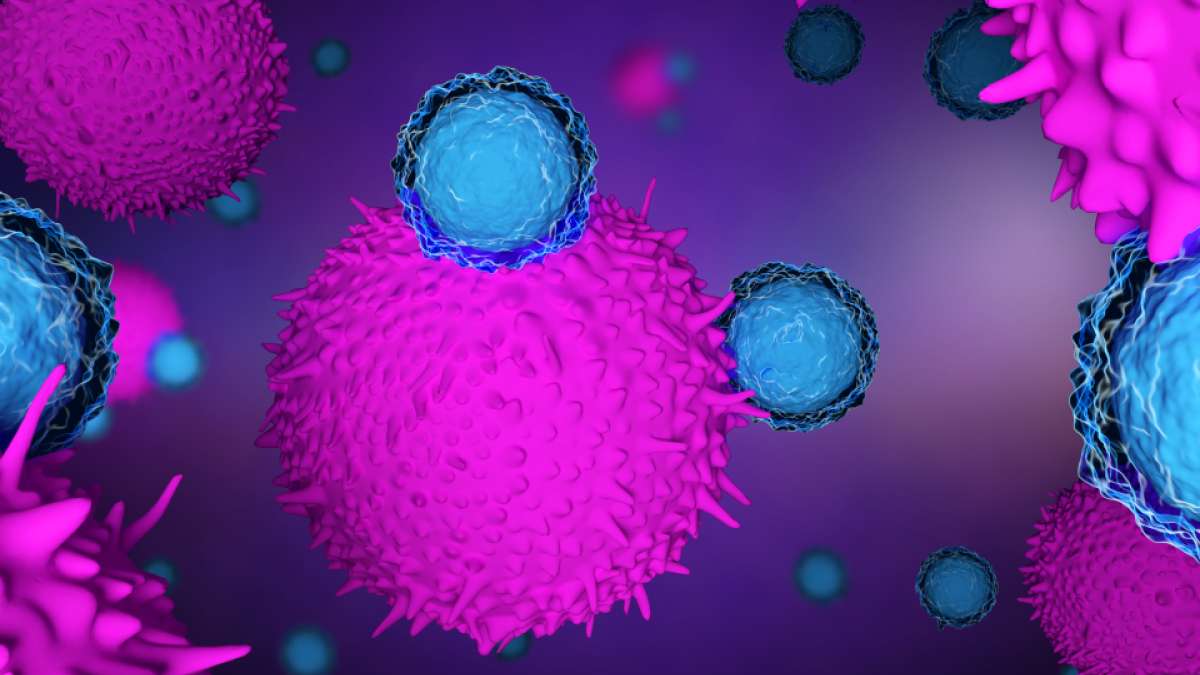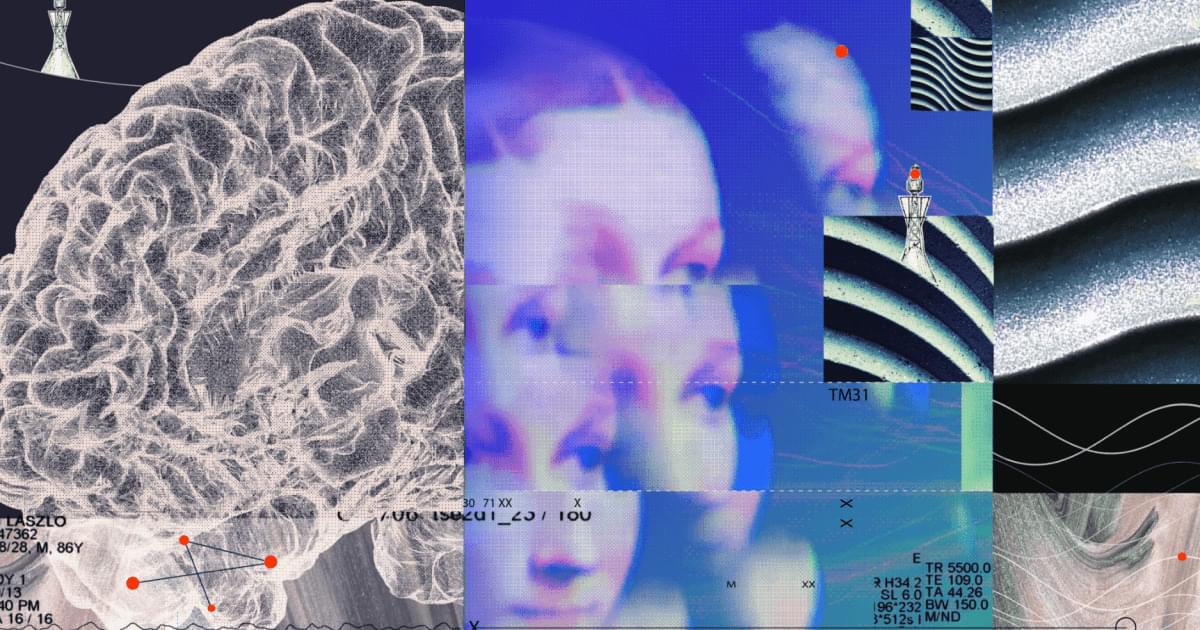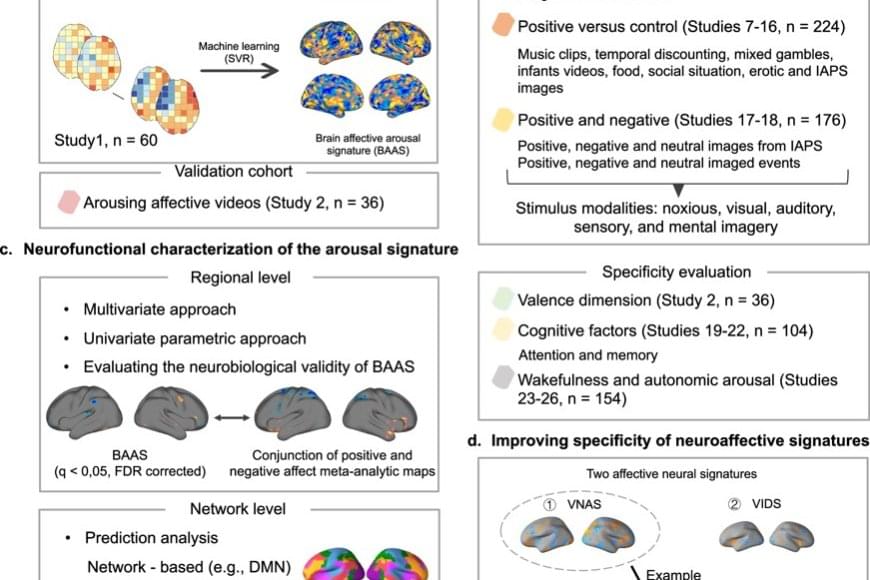In the past decade, there has been significant interest in studying the expression of our genetic code down to the level of single cells, to identify the functions and activities of any cell through the course of health or disease.
The identity of a cell, and the way that identity can go awry, is critical to its role in many of the biggest health challenges we face, including cancer, neurodegeneration, or genetic and developmental disorders. Zooming in on single cells allows us to tell the difference between variants which would otherwise be lost in the average of a region. This is essential for finding new medical solutions to diseases.
Most single-cell gene expression experiments make use of a technology called single-cell RNA sequencing (scRNA-seq), which produces a map of exactly which genes are being copied out into short “transcripts” inside the nucleus. However, scRNA-seq only gives us a window into the intermediate step between the genetic code and the proteins which take care of (almost) all the tasks inside our bodies.
